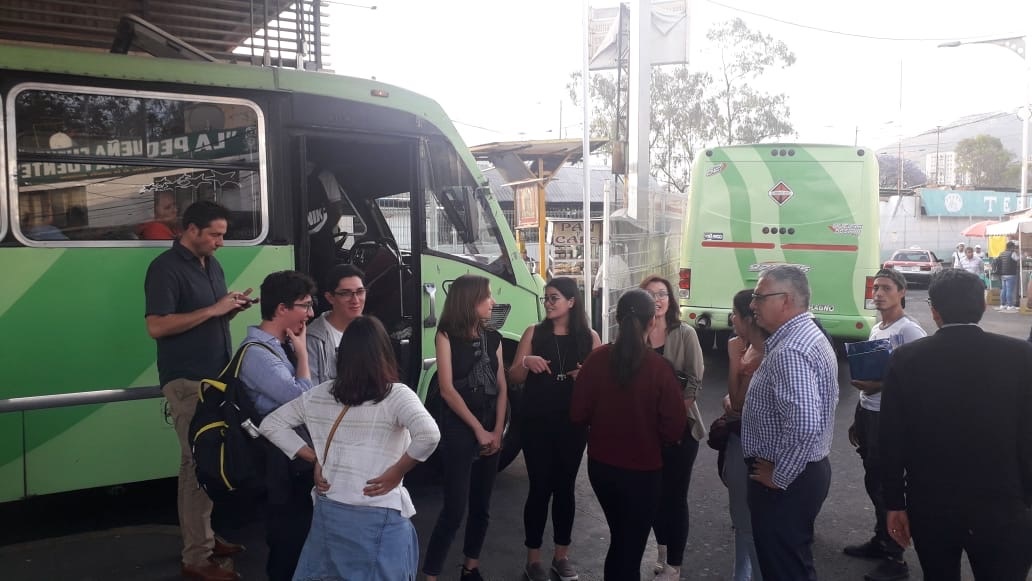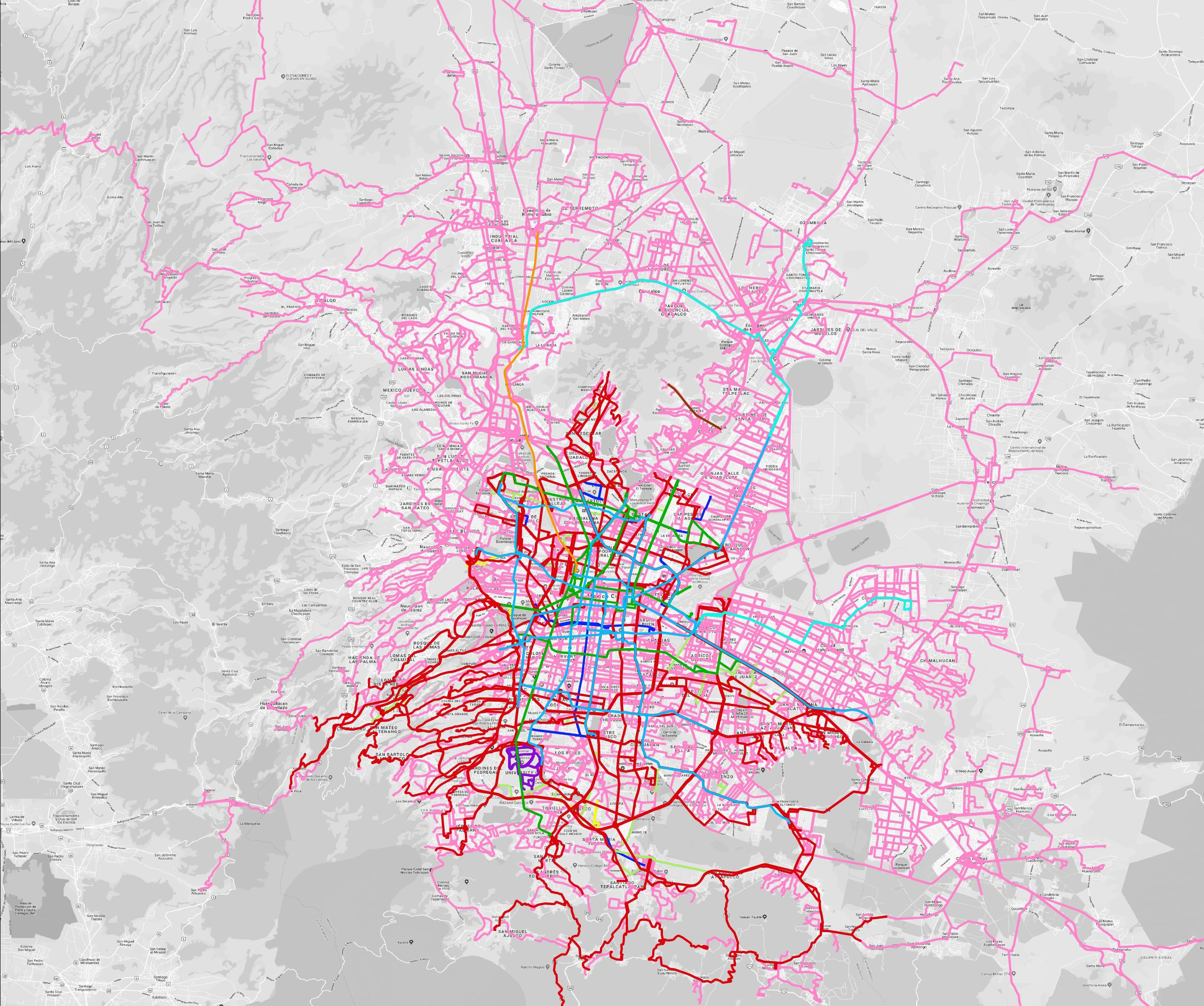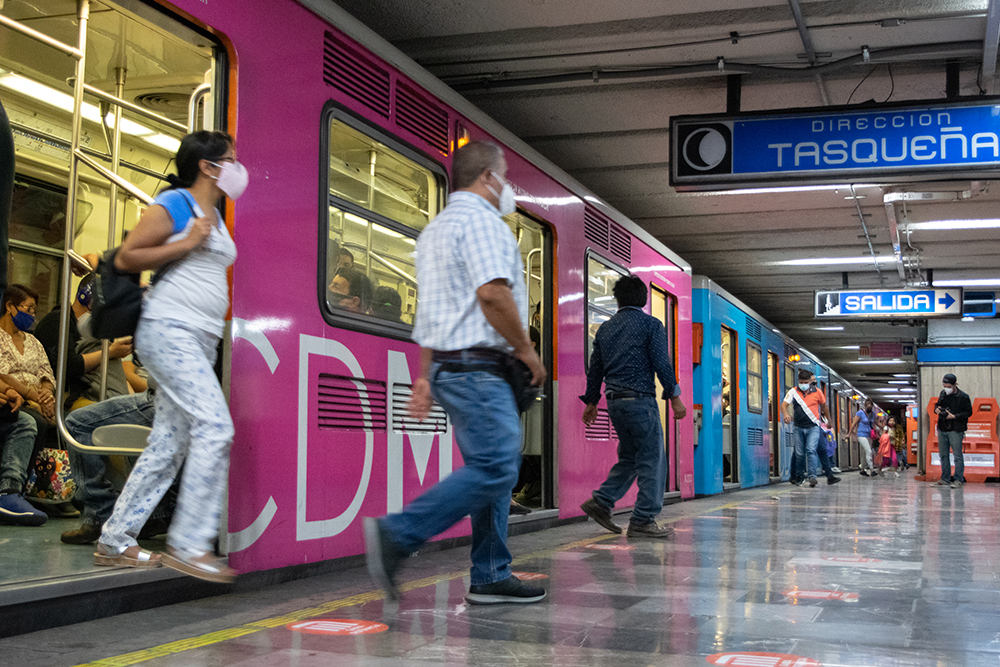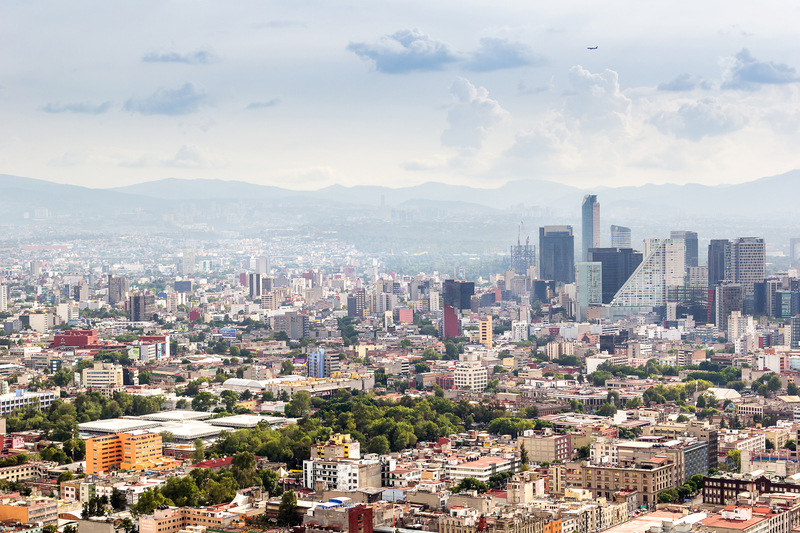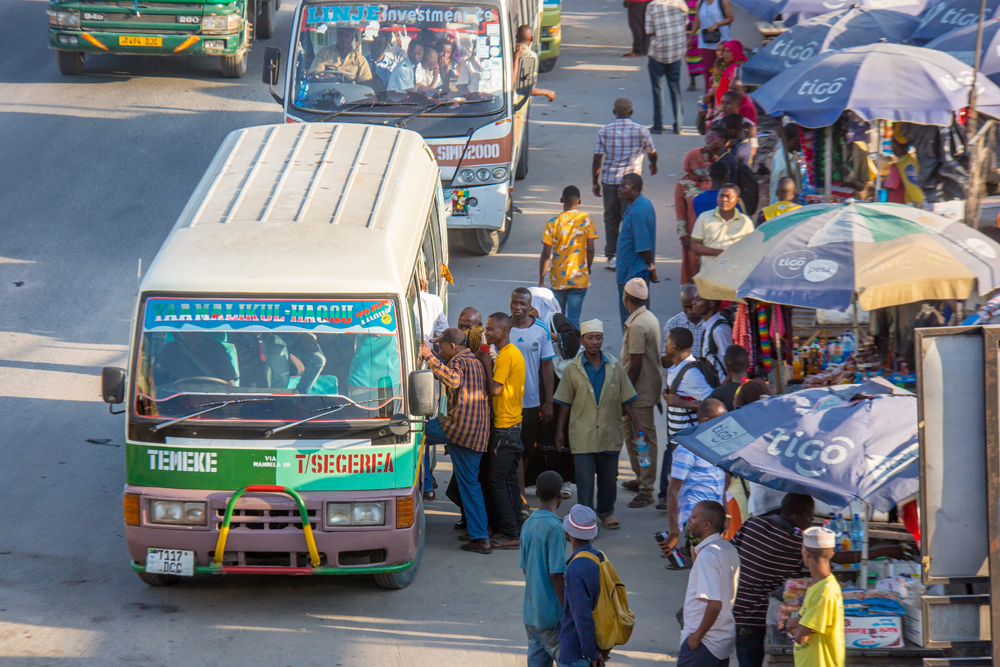
Despite constant speculation that new tech is on the verge of disrupting public transport, getting around town these days still looks a lot like it did for our grandparents: buses and metro systems for most, with a sprinkling of bicycles and cars. The hyperloop and flying cars are conspicuous only by their absence.
Public transport authorities, fearing impending irrelevance from this promised new tech, have tried their hands at new services. Bike-share, allowing for some hiccups with dockless clutter and operator abandonment, has mostly been a success, adding a new mode of transport that can work well for low-income populations – typically those for whom public transport is most important.
On the other hand, public transport authorities’ flirtation with on-demand microtransit has mostly come to nothing. The idea behind the on-demand model is to use smaller vehicles than buses on flexible routes. Passengers can request trips by smartphone, making for quicker and more convenient trips than the beleaguered, fixed-route city bus (or so the thinking goes).
Informal transport
This failure comes despite the proliferation of informal public transport around the world. In most emerging-market cities, small vehicles on semi-flexible routes make up the backbone of mobility networks. Vehicles operate profitably, without subsidies.
The same on-demand, ‘informal’ service model has been trialled in developed markets, but these well-publicised pilot programmes haven’t scaled, and the obstacles were fairly predictable: unlike informal systems in the developing world, on-demand transport in the developed world is generally expensive and inequitable.
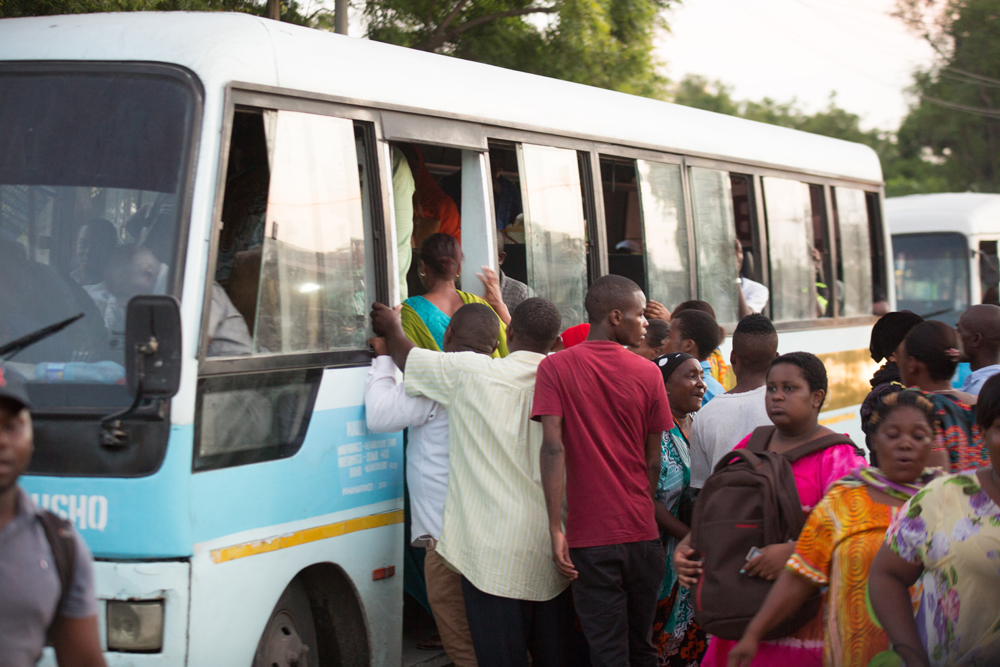
Transport authorities’ highest operating cost by far is wages and benefits (about 60% for authorities in the US, as one example). A bus driver’s wage can be shared across many passengers, while smaller vehicles picking people up on demand simply cost more per passenger.
Spending more per passenger could be acceptable, if there’s a need to do so (such as in door-to-door services for the disabled). But on-demand pilots generally don’t target passengers based on mobility needs. Some programmes run by public transport authorities have inadvertently swung the other way, reaching the relatively well-off by limiting service to those with smartphones.
The result is a comparatively luxurious service for a privileged few, rather than improvements to the nuts-and-bolts bus and metro services that make cities run.
Majority World
The Majority World is an alternative term for developing countries, and the moniker reveals an important truth: most urban dwellers live in places that are very different from London, Paris or New York. Most of the world’s population lives in cities, and most of those – 3.2 billion people – live in Majority World cities: places like Rio de Janeiro, Kampala and Mumbai.
For urbanites in the Majority World, public transport is mostly informal. Private operators run 12- to 16-seater vans on semi-flexible routes that criss-cross the city, overlapping and extending the formal public transport network. Mexico City has more than 1,400 of these informal routes, compared to roughly 200 formal bus and metro lines.
Informal transport certainly has room for improvement. Routes are unmapped, for example; operators themselves don’t necessarily know all of the thousands of informal lines. The networks remain largely offline, and the lack of publicly available information on the network, with no real-time information at all on vehicle locations, leaves passengers in the dark.
These are the problems that my company, WhereIsMyTransport, is solving. In fact, our recent programme to be the first company to collect the complete set of vital data on formal and informal public transport in the 30 largest emerging-market cities in the world will transform the public transport experience for hundreds of millions of people. The digitalisation of these networks for the first time has begun and is set to be completed by 2023.
In spite of some of the informal transport issues, informal networks claim one huge advantage: they work. They transport around two billion people every month in the world’s largest low- and middle-income cities. Developed world cities would do well to learn from what they do well.
Relaxing regulations on who can operate vehicles generally makes for strong competition and relatively low fares, even with no government subsidies. Smaller vehicles keep upfront costs and fuel bills low, making it economical to reach even low-density suburbs outside the urban core – the sorts of neighbourhoods that are worst-served by formal public transport.
Public transport along these lines basically doesn’t exist in Western cities, but it used to. In North America, ‘jitney vans’ burst onto the scene about a century ago, rapidly gaining market share for urban transport. A coordinated effort from the tram and taxicab companies to pass regulations to kill the industry stopped their rise. Yet a few vestiges of the era remain, notably in New York and Miami, where ‘dollar vans’ continue to provide cheap rides in small vehicles.
Better equity
Simply copying models from Nairobi and Dhaka won’t work for New York and London (nor does it work the other way around). Majority-World cities have lower labour costs, as well as denser demand for public transport, than wealthier cities. Informal transport networks will not, therefore, take over the mobility market, nor should they.
But for many communities, especially outside city centres, privately run vehicles could be a lifeline (and turn profits for owners and operators). The map of public transport access in Stockholm is typical: access to fast, frequent public transport is good for those going to jobs in the city centre. But access falls precipitously outside the urban core, especially for anyone looking to travel from suburb to suburb. These are precisely the areas with the greatest concentration of low-income residents.
With low-income communities disproportionately relying on public transport, this confluence of factors – high need, but low access – limits opportunity.
Access is also lower in smaller cities than larger ones. In Eindhoven less than 20% of the population has high access to public transport, compared to over 60% in Antwerp.
Loosening restrictions on informal public transport may not yield the sort of high-growth, venture-backed startups we tend to think of as successful businesses these days. Recent attempts at high-end commuter buses have mostly failed (Chariot’s commuter shuttles and Citymapper’s bus service come to mind), in part since they tend to compete with well-developed transport networks in urban centres.
More likely to be profitable are smaller minibus companies connecting lower-income neighbourhoods on cities’ outskirts. These companies can provide a vital service, connecting communities that have no formal public transport links. For example, ‘dollar vans’ in the New York City area often run between communities with large populations of people who migrated from the same country, but where there are no good formal public transport connections.
At a time when we profess to strive for equity and inclusion, what’s better than a cost-free reform that allows for community-built solutions that disproportionately benefit low-income people? What do we have to lose from trying?

Our recent release on the journey to mapping the largest emerging megacities is linked here.
ABOUT THE AUTHOR:
Devin de Vries is founder of WhereIsMyTransport




